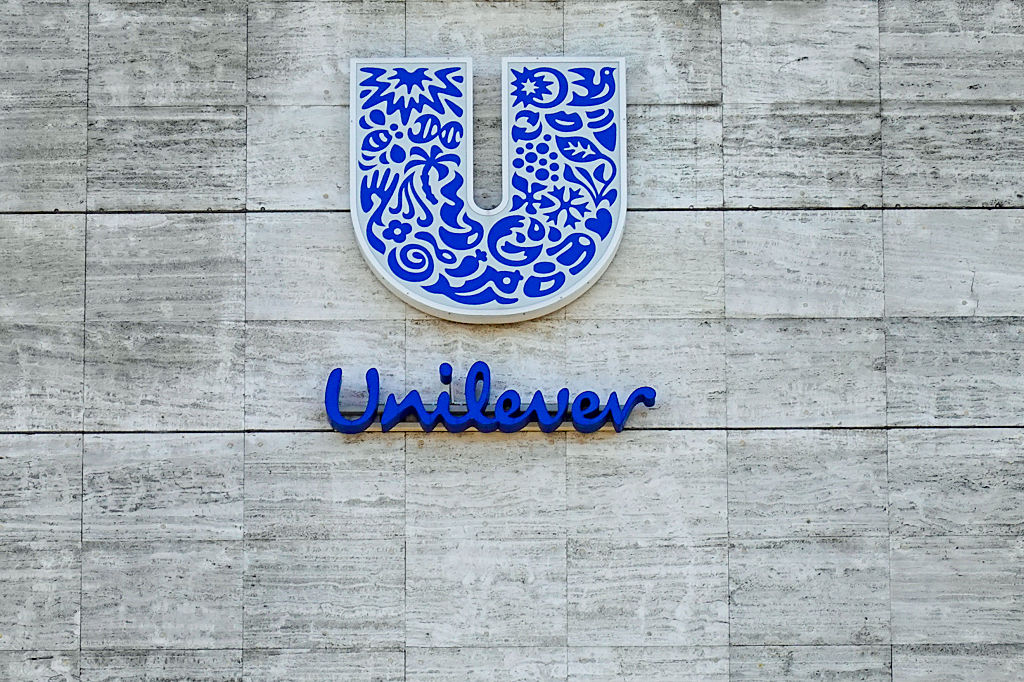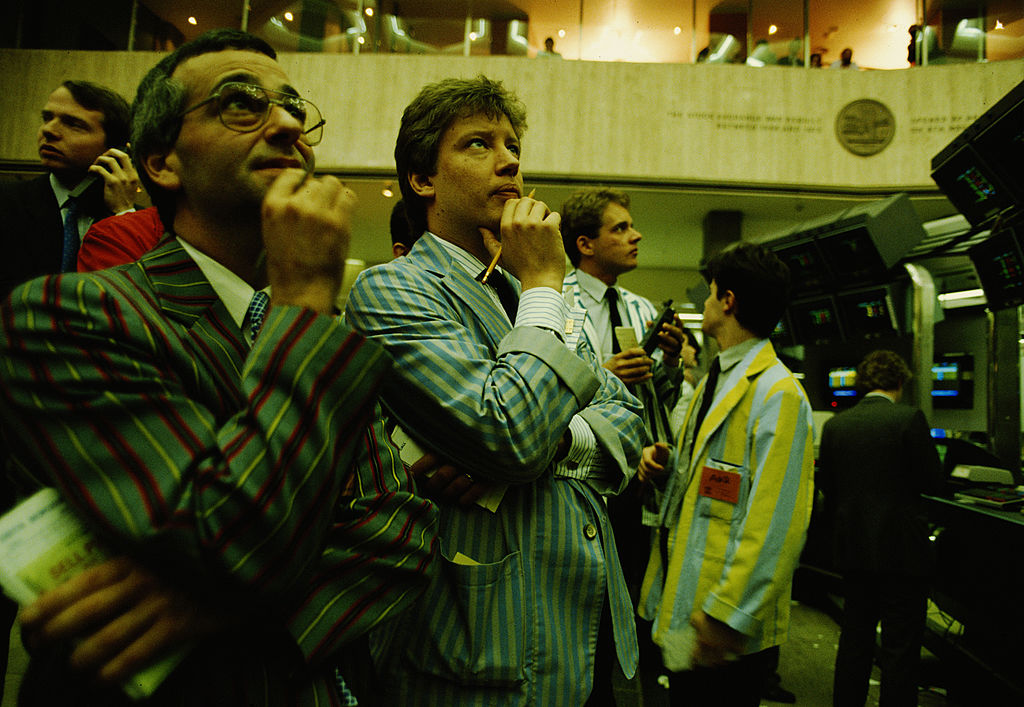Carbon emissions trading: how to profit from the price of pollution
Carbon-emission allowances are still an esoteric market, but one that looks set to grow. This new fund could help you cash in.


Most economists seem to believe that economy-wide carbon pricing – such as the EU’s Emissions Trading System (ETS) – will be needed to shift our energy use to renewable sources and tackle climate change. If the scope of schemes like these continues to grow, it will push up the price of carbon-emission allowances – thereby helping to bring about change, but also creating an opportunity for investors.
So it’s notable that the first UK-listed exchange traded product to give investors access to this market arrived at the end of August. The WisdomTree Carbon ETP (LSE: CARB) tracks the ICE Carbon Emission Allowances (EUA) futures contract, which is the most liquid exchange-traded carbon futures contract globally. To understand what’s going on with this unusual product, let’s see how carbon pricing works.
How carbon pricing works
In simple terms, there are two ways of pricing carbon emissions. The first is a straight tax per tonne of emissions. The second involves an emissions trading system that allows existing industries a certain amount of emissions, which can be traded if the industry doesn’t use its allowance. A few state governments in North America have adopted simple carbon taxes, but the most advanced regime is Europe’s ETS. Total EU carbon emission allowances from trading activities were valued at over €201bn in 2020, equivalent to 8,096 million tonnes of carbon dioxide, an increase of 19% from a year earlier, according to WisdomTree.
MoneyWeek
Subscribe to MoneyWeek today and get your first six magazine issues absolutely FREE

Sign up to Money Morning
Don't miss the latest investment and personal finances news, market analysis, plus money-saving tips with our free twice-daily newsletter
Don't miss the latest investment and personal finances news, market analysis, plus money-saving tips with our free twice-daily newsletter
ETS has a ratchet effect – over time the emissions allowed decline, forcing the industries to change their processes or pay what is in effect an excess carbon charge. Higher prices for allowances mean it gets more expensive for companies to cover their carbon footprint and incentivises them to invest in pollution-abatement technology. As Europe becomes greener at the policy level, the ratchet effect is intensifying. The existing target was a 40% reduction in carbon dioxide emissions by 2030 (from 1990 levels), but that’s now being raised to 55% for the 27 remaining EU countries by 2030, with a plan to eliminate net emissions by 2050. The emissions cap is being reduced at 2.2% per year between 2021 and 2030 and the 55% cap could raise that rate of reduction to 4.2% in 2024.
These pressures have already led to ETS carbon prices rising, but there’s also another factor at work: financial interest. Big institutions (and hedge funds) are waking up and buying into the ETS market. The combination of policy pressures and increased investor participation should be a positive for carbon prices, reckon analysts at Morgan Stanley. They have raised their medium-term forecasts to €48 per tonne for the end of 2021, and to €58, €65 and €74 for 2022, 2023 and 2024 respectively.
A volatile market
That’s the bull case. What of the risks? ETS has produced hugely volatile carbon prices over the last decade. Most commentators reckon that too many free emissions were issued at the beginning of the scheme, resulting in a price crash in the early years. Sceptics also think that a higher EU carbon price might not achieve the desired objective – it could incentivise carbon-intensive industries such as steel to shift production to countries that don’t have carbon pricing. Some argue instead for a carbon border tax (which may be hard to implement under current global trade rules).
So it’s by no means certain that the EU’s approach will work, while the rising financial interest might result in a short-term overshoot in prices. Still, I’d counsel against too much pessimism. Pricing will remain volatile but this seems to be a genuinely diversified, non-correlated asset class that doesn’t really move around very much depending on the economic cycle. I’d also suggest that the direction of travel – upwards to possibly €100 per tonne by the middle of this decade – is obvious.
Get the latest financial news, insights and expert analysis from our award-winning MoneyWeek team, to help you understand what really matters when it comes to your finances.

David Stevenson has been writing the Financial Times Adventurous Investor column for nearly 15 years and is also a regular columnist for Citywire.
He writes his own widely read Adventurous Investor SubStack newsletter at davidstevenson.substack.com
David has also had a successful career as a media entrepreneur setting up the big European fintech news and event outfit www.altfi.com as well as www.etfstream.com in the asset management space.
Before that, he was a founding partner in the Rocket Science Group, a successful corporate comms business.
David has also written a number of books on investing, funds, ETFs, and stock picking and is currently a non-executive director on a number of stockmarket-listed funds including Gresham House Energy Storage and the Aurora Investment Trust.
In what remains of his spare time he is a presiding justice on the Southampton magistrates bench.
-
 Quality emerging market companies with consistent returns
Quality emerging market companies with consistent returnsOpinion Mark Hammonds, portfolio manager at Guinness Global Investors, selects three emerging market stocks where he'd put his money
-
 UK blue chips offer investors reliable income and growth
UK blue chips offer investors reliable income and growthOpinion Ben Russon, portfolio manager and co-head UK equities, ClearBridge Investments, highlights three British blue chips where he'd put his money
-
 Literacy Capital: A trust where great returns fund a good cause
Literacy Capital: A trust where great returns fund a good causeThere’s plenty to like about specialist private-equity trust Literacy Capital, says Max King
-
 How to harness the power of dividends
How to harness the power of dividendsDividends went out of style in the pandemic. It’s great to see them back, says Rupert Hargreaves
-
 Tetragon Financial: An exotic investment trust producing stellar returns
Tetragon Financial: An exotic investment trust producing stellar returnsTetragon Financial has performed very well, but it won't appeal to most investors – there are clear reasons for the huge discount, says Rupert Hargreaves
-
 How to capitalise on the pessimism around Britain's stock market
How to capitalise on the pessimism around Britain's stock marketOpinion There was little in the Budget to prop up Britain's stock market, but opportunities are hiding in plain sight. Investors should take advantage while they can
-
 The consequences of the Autumn Budget – and what it means for the UK economy
The consequences of the Autumn Budget – and what it means for the UK economyOpinion A directionless and floundering government has ducked the hard choices at the Autumn Budget, says Simon Wilson
-
 Profit from a return to the office with Workspace
Profit from a return to the office with WorkspaceWorkspace is an unloved play on the real estate investment trust sector as demand for flexible office space rises
-
 New frontiers: the future of cybersecurity and how to invest
New frontiers: the future of cybersecurity and how to investMatthew Partridge reviews the key trends in the cybersecurity sector and how to profit
-
 An “existential crisis” for investment trusts? We’ve heard it all before in the 70s
An “existential crisis” for investment trusts? We’ve heard it all before in the 70sOpinion Those fearing for the future of investment trusts should remember what happened 50 years ago, says Max King